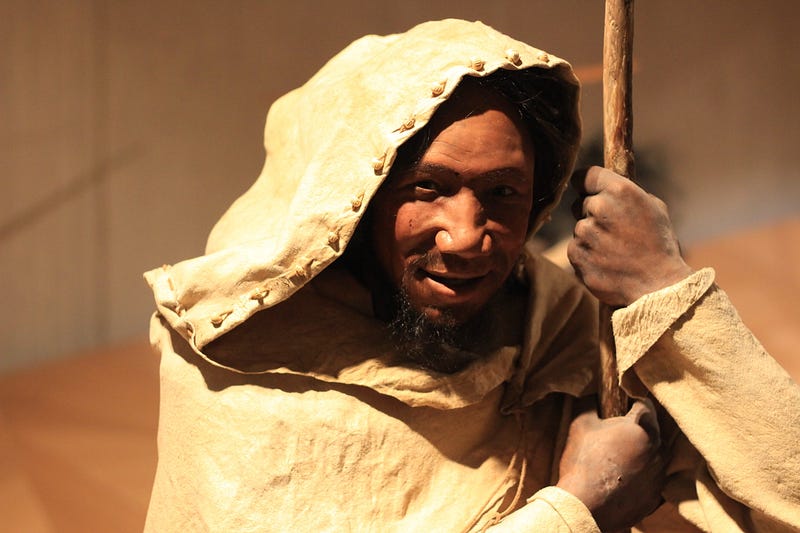Unveiling the 'Ghost' Ancestor: A Hidden Chapter in Human Evolution
Written on
Chapter 1: Discovering Our 'Ghost' Ancestor
Recent advancements in artificial intelligence have brought to light intriguing insights about our ancient lineage, revealing that humans had a ‘ghost’ ancestor. The remains of a thirteen-year-old girl, who lived 50,000 years ago, have provided substantial evidence about the lives of our forebears.
Her skeletal structure and bone composition indicate that she was a hybrid, resulting from the union of two distinct human species. Research has determined that her mother was a Neanderthal while her father belonged to the Denisovan lineage. This discovery suggests that interbreeding between different species was a common occurrence.
Interestingly, this young girl wasn’t alone in her uniqueness; various other hybrid combinations roamed the earth in ancient times. In 2019, scientists employed artificial intelligence to explore additional unknown human ancestor species alongside Homo sapiens.
According to Spanish biologist Jaume Bertranpetit, when modern humans migrated from Africa over 80,000 years ago, they interbred with other ancient hominids, leading to the formation of the contemporary human population. As modern humans traveled to Eurasia, they also engaged in reproductive activities with other hominid species, many of which became extinct shortly thereafter.
For a considerable period, archaeologists widely believed that modern humans primarily interbred with Neanderthals and Denisovans, similar to the case of the thirteen-year-old girl. However, recent studies have unveiled a third, elusive ancestor in Eurasian DNA, identified through advanced deep learning algorithms and statistical methods known as ‘Bayesian inference.’
Section 1.1: The Enigmatic 'Ghost' Ancestor
This elusive ancestor is thought to belong to an archaic population with which modern humans interbred after their exodus from Africa. A study published in Nature posits that this ‘third introgression’ is likely related to either the Neanderthal-Denisova population or diverged early from the Denisova lineage.
The researchers speculate that this mysterious population might be a hybrid of Neanderthals and Denisovans, forming a distinct group. Additional research published in early 2019 confirmed a ‘definite third interbreeding event’ occurring around the same time, yet scientists continue to explore other potential avenues. The scarcity of fossil evidence to back these findings raises numerous unresolved questions.
Subsection 1.1.1: The Implications of New Discoveries

Chapter 2: Redefining Human Ancestry
The groundbreaking findings from these studies promise to illuminate the complexity of human history and evolution. Until now, the prevailing belief was that only two populations influenced the development of Homo sapiens; however, this research suggests that our understanding of the human genome and our ancestral diversity is far from complete.
This video titled "YOU ARE NOT A GHOST (A NPR Tiny Desk Contest Meditation)" explores themes of identity and ancestry that resonate with the discoveries of our ghost ancestor.
In this informative video, "The “Ghost” State of Jefferson | All You Need to Know About the State You Didn't Know About," the concept of hidden histories and identities is further examined, paralleling the uncovering of our ghostly ancestors.